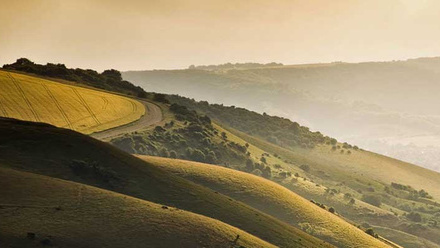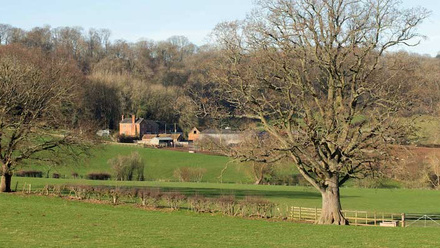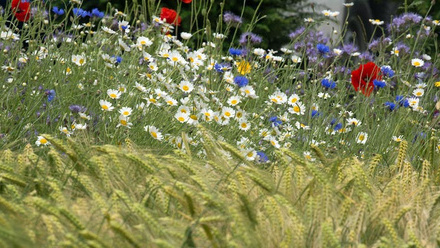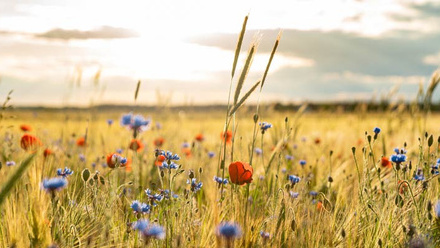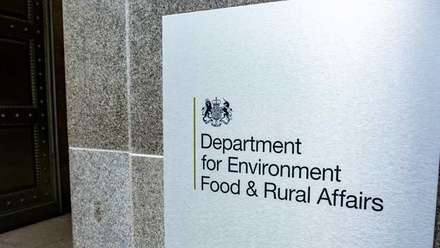ELMs Case Study: Slimbridge, Gloucestershire
Summary
- Mixed farm business with emphasis on dairy
- 1,000 acres including 450 acres at WWT Slimbridge
- Currently in no stewardship schemes but actively considering Mid-Tier
- Taking number of environmental measures and working with WWT
- Network of advisers is important to the running of the business – a wider network is involved in looking at stewardship
- Can see a number of areas for ELMS but is concerned about the practicalities of the scheme for a highly productive farm
Background and farm description
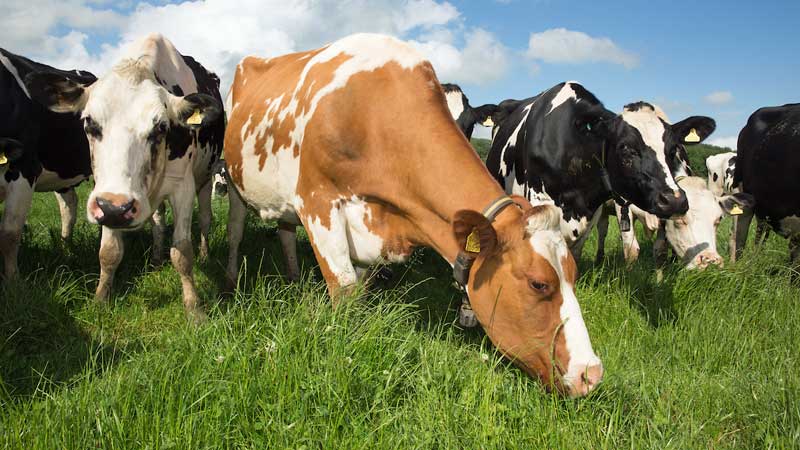
Farm has a two-year license for grazing rights on land owned by the Slimbridge Wildfowl and Wetlands Trust
Based near Slimbridge in Gloucestershire, this is a mixed farm with dairy being the main focus of the business. It is run as a partnership between parents and son.
The son is a third-generation farmer, who returned in 2008 to take up the farm tenancy from his grandparents, having farmed in Devon for 10 years. The farm is on a 25-year farm business tenancy agreement (FBT) from a local estate.
The family have farmed in the area for more than 100 years. In total the farm consists of 1000 acres, 450 acres of which is grazing land owned by the Wildfowl and Wetlands Trust (WWT) at Slimbridge, leased on a two-year rolling grazing license.
The farm is one of three ‘graziers’ using the WWT land, which is in the Higher Tier Countryside Stewardship scheme and is a Site of Specific Scientific Interest (SSSI). The business also owns another farm locally and leases land from local landowners, either on FBTs or other agreements.
Advisers
The farmer has a number of advisers including an agronomist, who has had a long-term relationship with the farm, providing on-farm advice to his father and grandfather.
The farmer also works closely with his vet, who has been advising the farm for around 12 years, and their animal health adviser, who has been working with the business for 25 years.
The role of long-term advisers, and the relationship of trust that he has built up with them, is vital to the farm business.
Dairy herd
The dairy herd consists of approximately 350 milking cows with 250 followers. The total herd is around 900 to 1,000 cattle with the balance made up by young beef stock, which are taken through to the store and sold on.
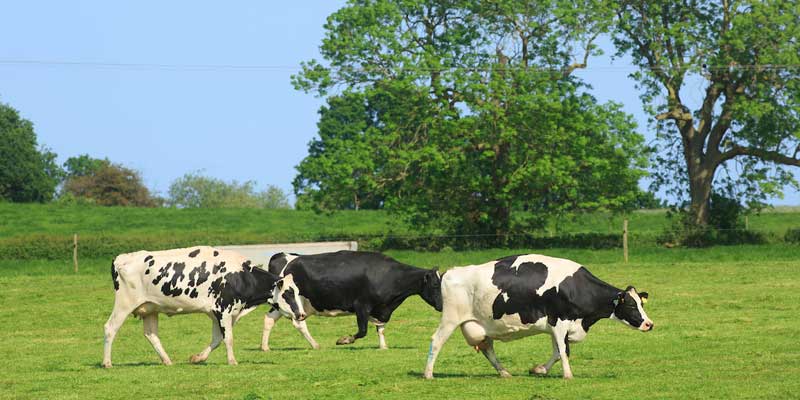
They have a premium milk contract with the milk going into manufacturing. The contract means that they have to provide level supply, with every other day pick-up. They also have sheep coming onto the farm in the winter.
The land on the farm falls into two lots divided by a canal. The land on the far side of the canal controlled by Slimbridge is on river mud and is a silty alkaline clay loam. Soil on the near side is lighter and sandy, not so alkaline and requires liming. This soil lends itself to growing maize.
Crops
As well as maize and grass, the farm grows fodder beet, whole crop cereals – under-sown spring barley which is part of the rotation for renewing leys. They have also grown winter wheat as part of the rotation.
Sensible use of the land and cropping is vital due to the amount slurry produced by the herd, which is spread on the land. Manure is also stored as solids and used in the spring.
Although the farm is not in an NVZ, the farm operates according to the Code of Good Agricultural Practice in the way that it spreads its slurry. As a principal adviser to the business, the agronomist believes that the mixed farming undertaken by the farmer and his team makes sense and is the most sustainable model going forward.
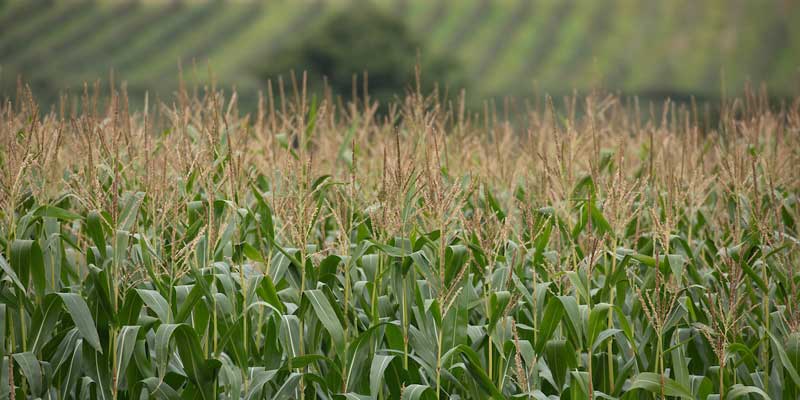
Although the business had not given a great deal of thought to ELMS prior to this case study, the case study visit served to kickstart the process.
Environmental activity
While the leased land at WWT is in Higher Tier Countryside Stewardship and the scheme is operated directly by the Wildfowl Trust, the remainder of the land farmed by the business is not currently in any scheme. The farmer says that they did consider Entry Level but did not proceed, and they are currently actively looking into Mid-Tier Stewardship.
However, they have undertaken some environmental activity themselves including management of hedges, provision and maintenance of paths and maintenance of ditches for drainage. The land is managed in a way designed to reduce the environmental impact including surface flow and run-off.
They are also carrying out active soil management. For instance, by using autumn-grown mustard on fields where maize has been grown, they have been able to improve soil quality and nutrient take up, as well as reducing run-off.
Working with WWT Slimbridge
The land farmed by the Wildfowl and Wetlands Trust and leased by the farmer for grazing is part of the Higher Tier Countryside Stewardship scheme and, as such, he is required to work within the parameters of the scheme on this land but also reaps the benefits in terms of grants available.
He says: “The WWT deals with the Higher Tier Stewardship scheme and provides me with the information I need such as maps and field codes. They provide detailed information on issues such as hedge-cutting.”
He says that he has some influence over the decisions made about the grazing land and is invited to meetings to discuss the WWT’s plans for the land. Inevitably this means that he brings a degree of practical farming knowledge to some of the plans.
He is able to point out where additional facilities may be required to put environmental plans into action, or where proposed changes are impractical for grazing.
Land changes
The WWT has made major changes on its land to encourage wildlife and keep the land wetter for longer. They have dug channels and created islands for nesting birds. However, they are also aware of the practicalities of farming the land and how changing the landscape influences that.
The farm also grows spring crops on the Slimbridge land and has been paid to establish wild bird ground. The agronomist says that it is a two-way relationship with the WWT needing the farmer as much as he needs them. They don’t have the machinery or expertise to manage the land in the way that they want.
The farm can see the benefits of working with the WWT and the fact that they are in the Higher Tier scheme. This has enabled them to put into place a whole new system including a cattle barn, handling system and manure store, which have benefitted both parties.
In addition, grazing, which is now employed by many Wildlife Trusts on their land, is essential for the WWT. Deploying grazing cattle is not a simple matter, given the prevalence of TB in the area. In order for cattle to graze the land locally, they have to have been born locally.
Approach to Mid-Tier Countryside Stewardship
While the business considered going into Entry Level Stewardship and the farmer says that they could easily have met the criteria, they decided against it. However, they are now actively looking at Mid-Tier Countryside Stewardship with a view to entering the scheme in 2021.
While the farmer does not feel it is a necessity to go into stewardship at this stage, he does see entry to Mid-Tier as a step on the ladder and a good start for the challenge of ELMS which lies ahead.
However, he is already seeing problems with the approach adopted within the scheme. He says: “If there is no flexibility on dates, for instance on harvesting, it could be very difficult to comply. Apart from the obvious issues of weather, we are also dependent on contractors for harvesting.
Although we are an important client for them, they still may not be able to fit us in for many days after the scheme deadline has passed.
“Going forward I think that schemes such as ELMS need to take into account the realities of farming and be flexible with dates.”
Role of the advisers and network
The farmer says that the day-to-day management of the business keeps him busy and he relies on his inner network of advisors to provide a ‘virtual’ management team for the business and to help him to make decisions.
They do not just bring their experience and knowledge to the business but can also access a large network of other advisors and tap into the experiences of their other clients.
His main adviser provides agronomy as well as general advice. As well as long experience in the industry, the adviser is BASIS and FACTS qualified and has also completed the BETA Conservation Management course.
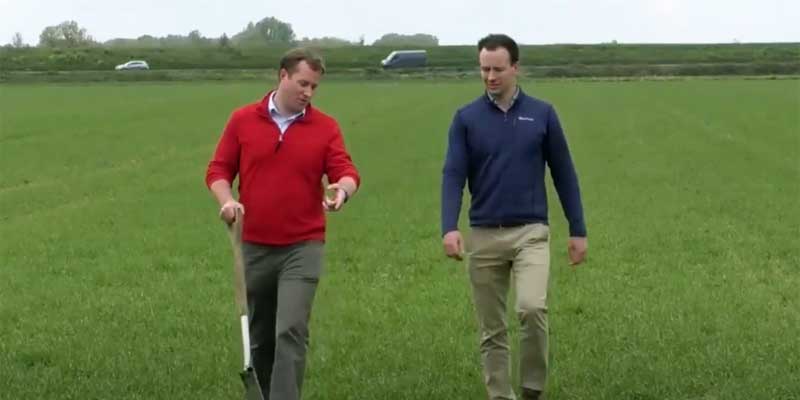
The adviser believes that the days when agronomy was just about agricultural chemicals are long past, and the work of an agronomist is much more about Integrated Farm Management and sustainability: improving the environment also benefits the farm as a business.
Providing advice that brings this about is in the interests of the advisor as well as the client.
The farmer does not see further training or CPD being a priority apart from those qualifications and certificates which is he has to hold in order to do his job. The fact that he runs a mixed farm is definitely a factor here.
There are many jobs on the farm that the farmer is capable of doing, but he delegates them to other people because he simply does not have the capacity. This further emphasises his dependence on his network of advisors.
Network
In addition to the main farm adviser/agronomist, this network includes a vet and animal nutrition advisor. The farmer depends on them and not just for advice on their areas of expertise such as feed and the development of the herd. He would also involve the animal nutrition adviser in general management decisions as he can often bring experiences and knowledge from other clients to the table.
The farmer turned to this group when he was first considering entering Mid-Tier Countryside Stewardship, and the agronomist was able to talk to other clients and provide details of their experiences to him. However, the potential implementation of stewardship schemes currently requires him to go beyond this inner circle of his advisors.
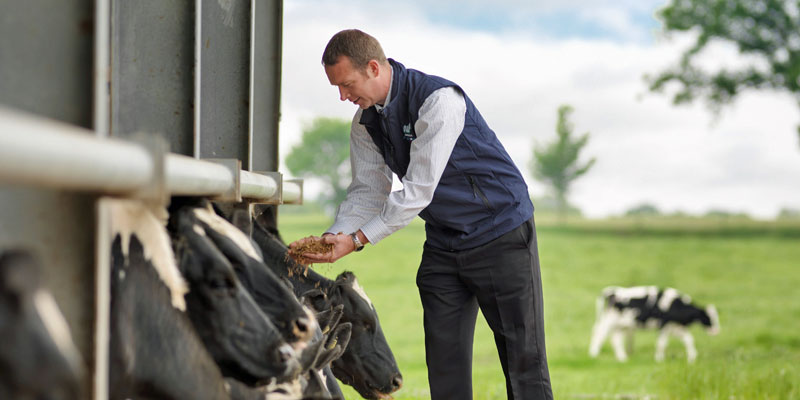
He believes that the business could easily have applied for Entry Level Stewardship by itself but decided against it. However, he says that there is no way that they could have begun the more complex process of understanding and applying for Mid-Tier Countryside Stewardship without help. He says: “We downloaded the 100 pages plus of information on the scheme and realised that there was no way we could do it ourselves.”
Widening the network
Having initially spoken to his main adviser, the farmer was advised to approach other organisations and was put in touch with Farming and Wildlife Advisory Group (FWAG) and Catchment Sensitive Farming.
“We have had both of those organisations out to the farm now to give us advice,” he says, “And I am still struggling to get my head around it. My understanding from FWAG is that the take-up of Mid-Tier is around 20-30 per cent because it is so complicated, and you need outside advisors to guide you through the application process and the implementation of the scheme.”
While the agronomist was able to point the farmer in the right direction to secure specialist advice, he acknowledges that currently he does not have the necessary knowledge, training or experience to provide this advice himself. Over the years the farm has also used advice with other organisations including AHDB and the British Grassland Society.
Attitude towards environmental stewardship and looking forward to ELMS
The farmer is now actively considering Mid-Tier Countryside Stewardship (see above) and looking beyond that to what ELMS might mean. He has taken some actions which might qualify such as hedge management, drainage and provision of footpaths.
However, he is concerned about the trade-offs that a highly productive business such as his would have to make in order to attract funding.
He and his advisors can see already, that under the existing stewardship schemes, it makes sense for larger farms with less productive areas to change their use and attract funding. For the farm, this is less attractive because all the areas of the farm are so productive.
Balance between business and stewardship
He says: “There are fields where I can grow a high-yielding crop of maize and devoting some of that to a wild bird strip does not necessarily make immediate financial sense. However, if it helps to get me onto schemes that can help the business in other ways, then it may make sense.
“For instance, if I go into Mid-Tier that can increase the level of funding from Catchment Sensitive Farming (currently capped at £10,000) which I can receive for projects such as manure storage and covered cattle areas.
"A covered cattle yard would help with run-off which would definitely be the kind of thing that Catch Sensitive Farming wants to do, but the cost would be much greater than £10,000, so I will need to be in Mid-Tier Stewardship to stand a chance of securing that funding.”
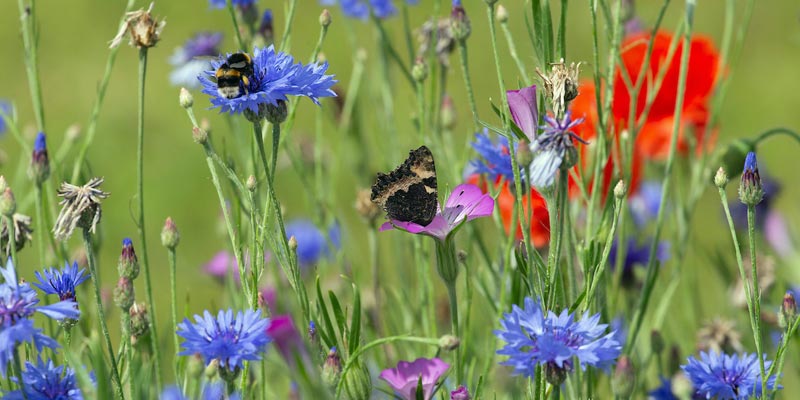
They can also see that by improving the productivity of the land they have, it will give them more flexibility to implement environmental measures that take some land out of production.
FBTs and leases
On a farm like this where the land is a mixture of FBTs and leases, some of which are only let short-term, possibly on a rolling basis, long-term investment in stewardship measures is an issue. Firstly, they simply may not be able to carry out work which results in long-term landscape changes.
Secondly, if they are investing in stewardship measures on land they don’t own, they are open to abuse, with the possibility that the landowner or subsequent tenants will benefit from subsidies on work they have carried out.
In general, they believe it is difficult to implement stewardship measures in cases where land is being let on short leases or FBTs.
Clearly, ELMS cannot operate in a vacuum and other areas of agricultural policy will influence its success. The whole area of FBTs and leases will need to be considered carefully in its implementation.
Both men raise the issue of the older generation of farmers, who still control many farms, and would be unwilling to engage with ELMS or the issues which it aims to address.
Potential areas for ELMS
In considering how ELMS might work and the areas could they take action in, the farmer and his lead adviser can readily identify a number of areas including:
- Widening boundary strips for watercourses
- Looking further at public access
- Soil management
- Drainage management
- Management of slurry and storage
- Creating border features
- Veterinary medicine application
- Integrated pest management
- Livestock Management – housing
- Managing surface flow and run-off
- Creating and maintaining signage
- Creating and maintaining engagement access
Business sense
However, both men are at pains to emphasise that ELMS must make good business sense.
Changes made to take profitable land out of production must give benefits in other ways, either by direct funding or by allowing for grant applications for other work on the farm.
Stewardship investments on leased or tenanted land will only be made in circumstances where the return can be guaranteed.


